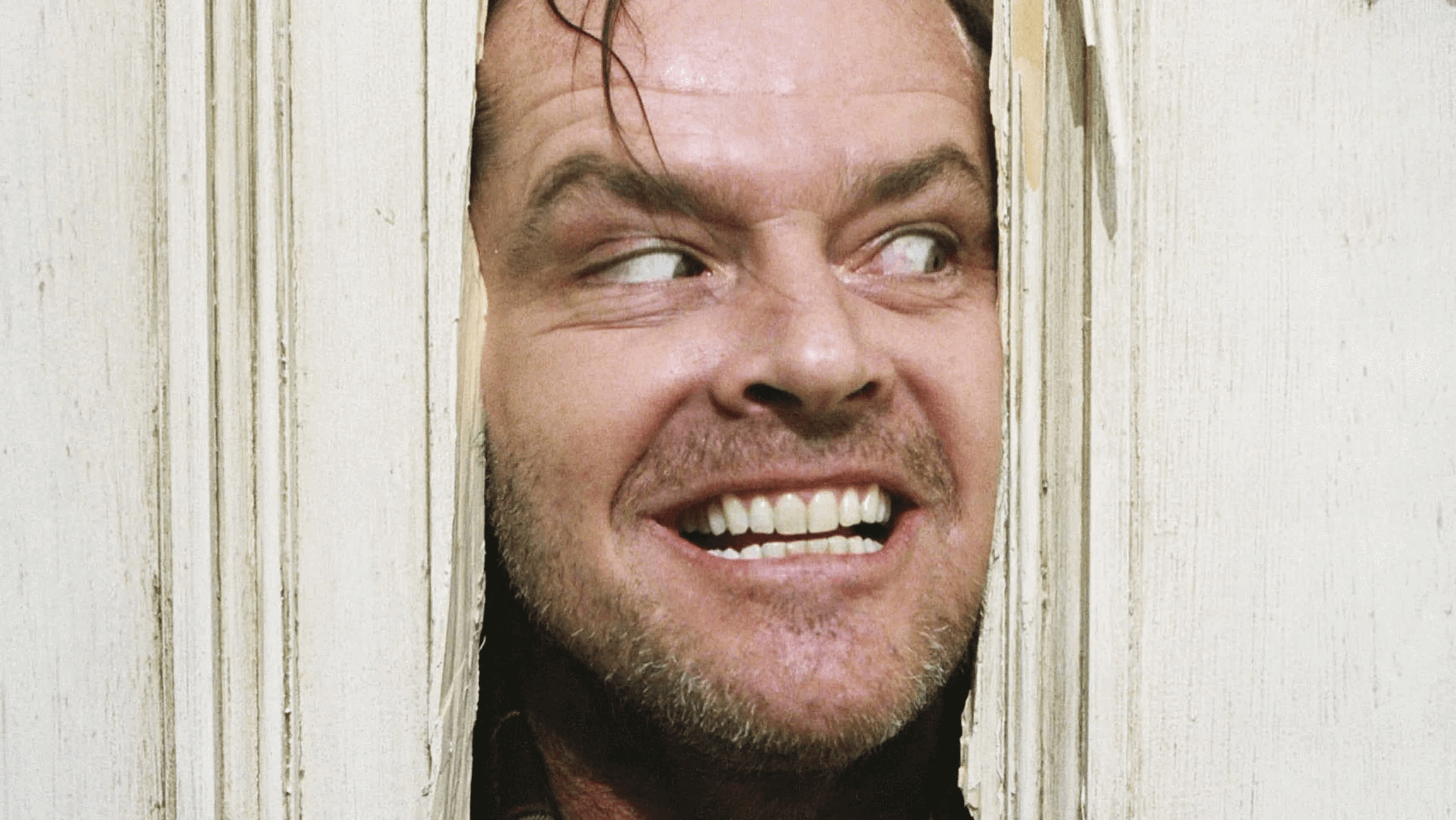The repetition of vowel sounds in a line of poetry.
Assonance
Central idea or message that recurs in or pervades a work of art or literature
Theme
A question that doesn’t need to be answered because the answer is made obvious.
Rhetorical question
What shot type is used when a subject's face is fully in the frame?

Close-up shot
The flaming hot cheetos were so hot, my tongue turned to ashes.
Hyperbole
She walked in the room like a supermodel on a catwalk.
Simile
What technique describes the continuation of a sentence or phrase from one line of poetry to the next?
Enjambment
The type of perspective in which the narrator uses pronouns such as, "he", "she", "they" etc.
Third person
The use of words such as ‘we’ or ‘our’ to create the impression that the speaker and the audience are on the same side of the issue.
Inclusive language
When the camera moves from left to right on a stationary axis.

Panning shot
The whistle of the kettle awoke her from her daydream.
Onomatopoeia
He pleaded for her forgiveness but Janet’s heart was ice.
Metaphor
The picture that forms in our heads due to vivid description, concrete nouns, and powerful verbs - also appeals to one or more of our five senses.
Imagery
What is the opposite of a dystopia?
A utopia
Speakers think carefully about the words and phrases they use. They choose particular words that have a certain idea or feeling associated with them. What technique is this referring to?
Connotations
A shot type often used to establish the scene or general location. Any subjects in the frame are small and unrecognisable.

Extreme long-shot
Hey y'all, ya wanna go to Maccas?
Colloquial language
Phyllis was a famous photographer from Philadelphia.
Alliteration
The act or an instance of placing two or more things side by side, in art, film, or literature, often to compare or contrast or to create an interesting effect.
Juxtaposition
This technique is used to recount events that happened before the story's primary sequence of events to fill in crucial backstory.
Flashback
Pathos - emotional appeal
What type of camera is often used to create 'shaky' footage that creates a sense of realism? (Often used in documentary films)
Hand-held camera
Her voice was music to his ears.
Metaphor
I just adore your new haircut! Where did your mom get the bowl?
Sarcasm (verbal irony)
An expression designed to call something to mind without mentioning it explicitly; an indirect or passing reference.
Allusion
When a writer suggests events or outcomes that will happen later in the story, using either characters or objects within the story.
Foreshadowing
The repetition of words or phrases at the beginning of subsequent sentences.
Anaphora
Sound that originates from within the video or film's world is called?
Diegetic sound
Hear the mellow wedding bells...
Assonance
A man is laughing at an acquaintance whose son has just been arrested, however he is not aware that his own son was arrested alongside the boy for the same crime.
Situational irony
A mild or indirect word or expression substituted for one considered to be too harsh or blunt when referring to something unpleasant or embarrassing.
Euphemism
Pathetic fallacy
A trite, overused phrase. Writers are often discouraged from using these but they can be an effective and simple way to convey ideas to an audience.
Cliche

This type of shot is a technique often used in the film to make an audience feel uneasy or confused. It’s created by shooting the subject at an angle, rather than head-on.
Dutch angle (oblique angle)
This is the beginning of the end.
Paradox
The restaurant was very busy, and the kitchens were organized chaos.
Oxymoron